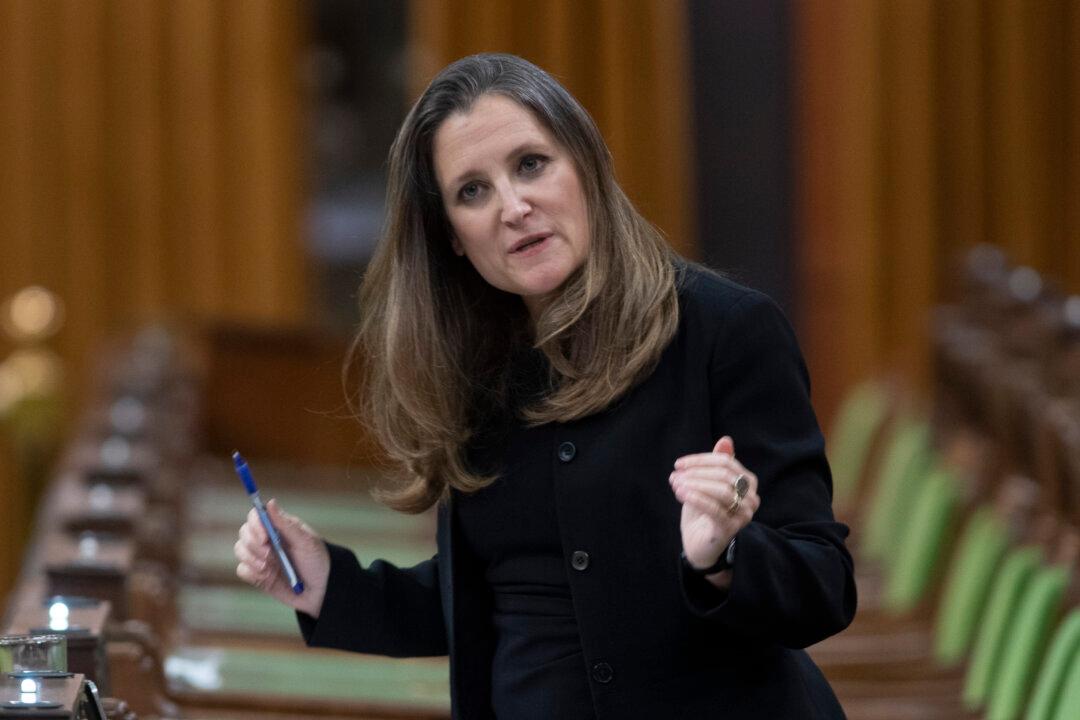The Liberal government’s $101.4 billion new spend on COVID-relief and growth stimulus unveiled in the April 19 federal budget answers many questions posed last fall, but it still raises many concerns about its intent, timing, impact on economic growth, and the risky debt burden.
“They’re planning on government leading this recovery. They’re not looking for much support from the business sector,” Philip Cross, former chief economic analyst at Statistics Canada, told The Epoch Times.
The Macdonald-Laurier Institute senior fellow said there’s relatively little spending on growth initiatives for business and whatever stimulus there is is directed at households.
The feds’ new fiscal anchor aims to reduce federal debt as a share of the economy and eliminate COVID-19-related deficits. By the end of the budget’s projection period in 2025–26, federal debt-to-gross domestic product (GDP) is expected to settle at 49.2 percent. According to the budget, this debt burden is still the lowest among the G7 and an improvement from the projection of 49.6 percent in November’s fiscal update.
But Cross says we’ve become desensitized to government deficits as one of the pandemic’s long-term consequences, and it would be very dangerous if we felt that deficits no longer matter.
“Before the pandemic came along, people were wringing their hands about a $19 billion deficit,” he said. “A $30 billion deficit today looks like amazing restraint.”
The $19 billion deficit in 2017–18 came about after the Liberals blew through their election promise of no more than $10 billion. The government’s deficit for 2020–21 is $354.2 billion.
Hurdle for Child Care
A senior government official said at a media briefing that roughly $60 billion of the $101.4 billion is targeted for economic growth and jobs investment while roughly $30 billion is meant for COVID-related relief.
Ottawa aims to spend $101.4 billion over three years even as the economy is already forecast to grow by 5.8 percent in 2021 and by 4 percent in 2022, which would result in GDP being almost 2 percent higher than what was projected in November.
“I really believe that the greater danger today is not to invest in a stronger recovery from the COVID recession,” Finance Minister Chrystia Freeland told reporters during the budget embargo. She said the best way to deal with the debt is to invest in long-term growth.
The 724-page budget—the first in over two years—proposes a national child-care program costing $30 billion over the next five years and $8.3 billion on an ongoing basis, which the feds say is also a lever for raising the economy’s growth potential.
But the initiative depends on the feds working with the provinces, which don’t have money to spare, Cross says. So he doesn’t think the child-care initiative will get off the ground.





